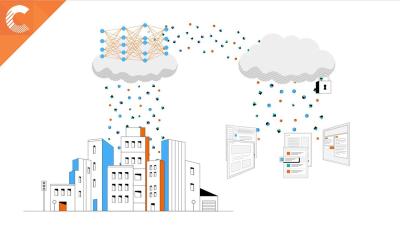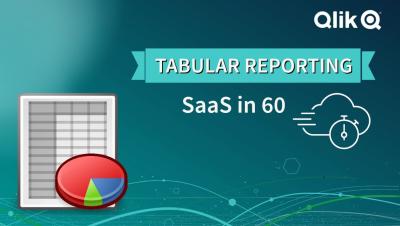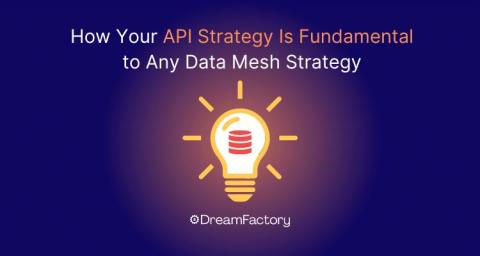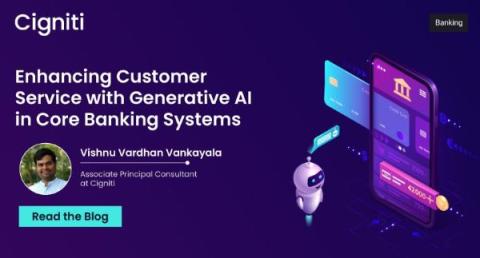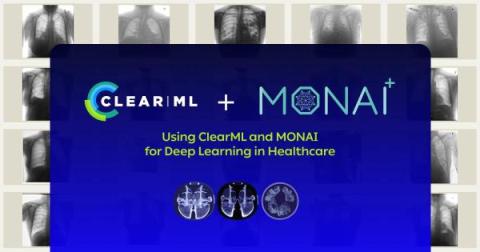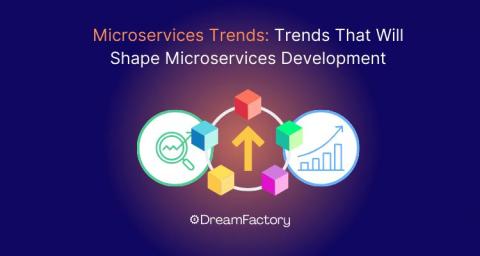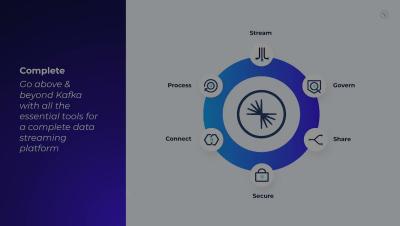Systems | Development | Analytics | API | Testing
%term
Your AI Journey: Customize Large Language Models with Cloudera
SaaS in 60 - Tabular Reporting
Platform Engineering vs. DevOps: 3 Key Differences
How Your API Strategy Is Fundamental to Any Data Mesh Strategy
Why Is Unique, Dynamic and Run-Time Test Data Important? | Vishal Parmar #testdata #softwaretesting
Enhancing Customer Service with Generative AI in Core Banking Systems
Customer services now constitute one of the key distinguishing factors of banks in an ever-changing environment. With increasing customer requirements, banks must adopt and incorporate novel technological methods to provide customized services. A very promising technology in this regard is generative AI. Generative AI in core banking systems will enable banks to transform their customer services by increasing efficiencies and building meaningful customer relationships.
Using ClearML and MONAI for Deep Learning in Healthcare
This tutorial shows how to use ClearML to manage MONAI experiments. Originating from a project co-founded by NVIDIA, MONAI stands for Medical Open Network for AI. It is a domain-specific open-source PyTorch-based framework for deep learning in healthcare imaging. This blog shares how to use the ClearML handlers in conjunction with the MONAI Toolkit. To view our code example, visit our GitHub page.



